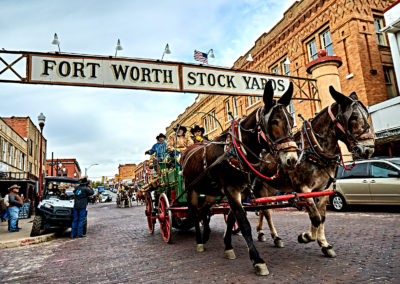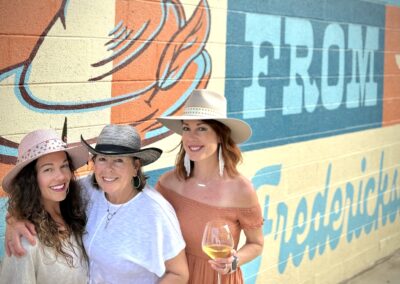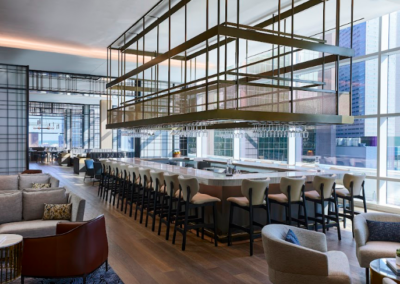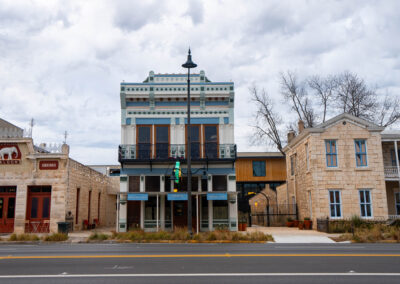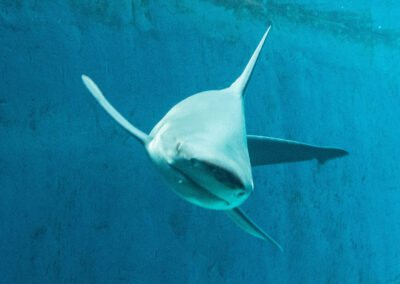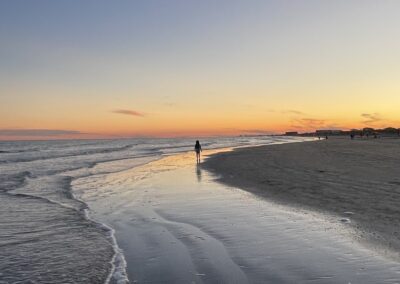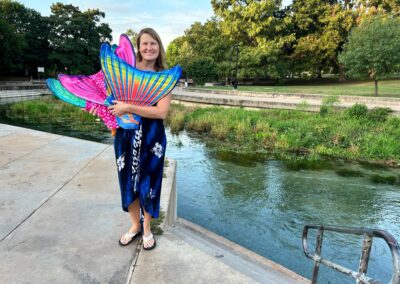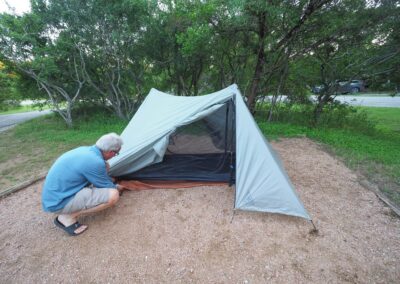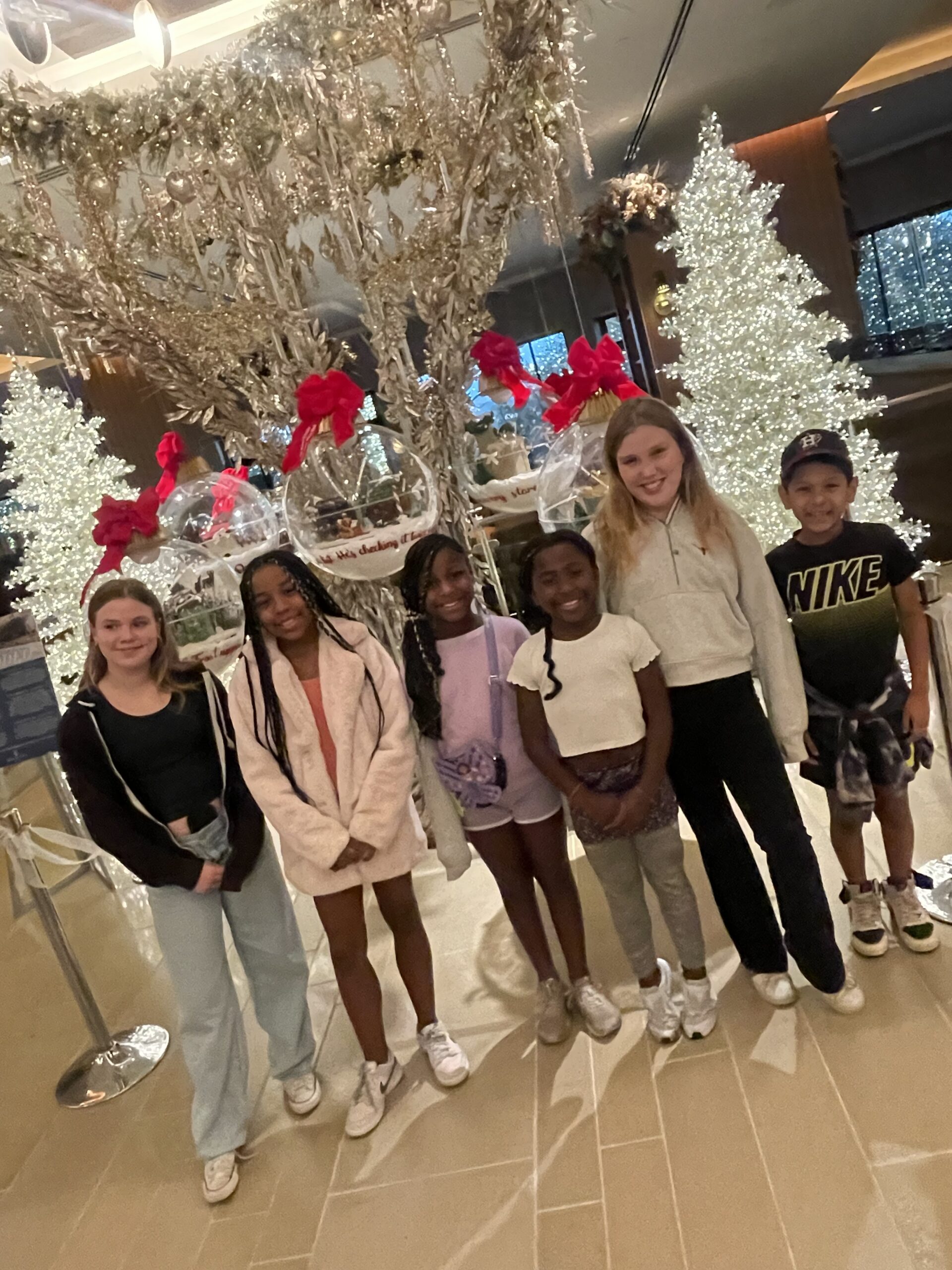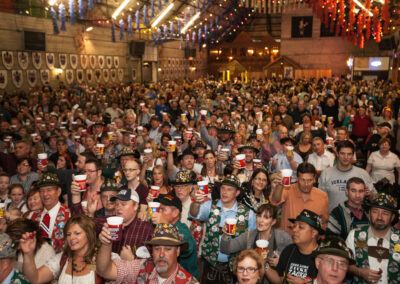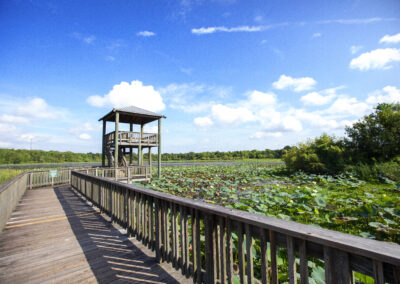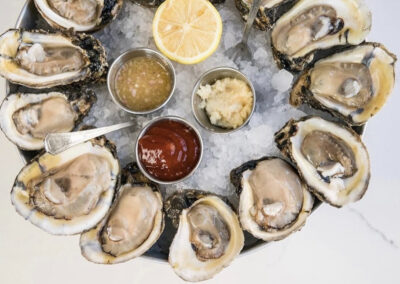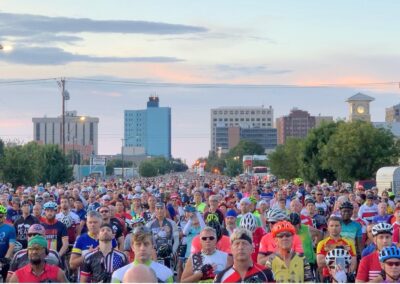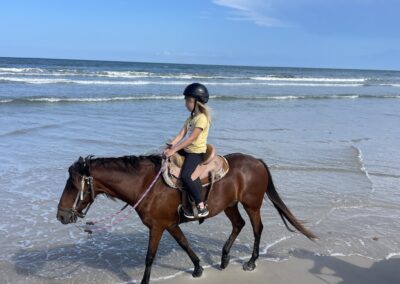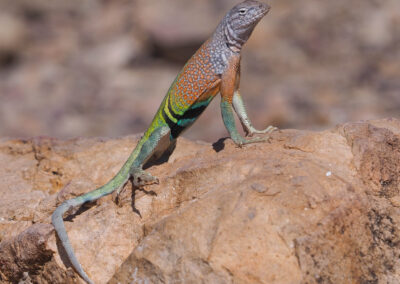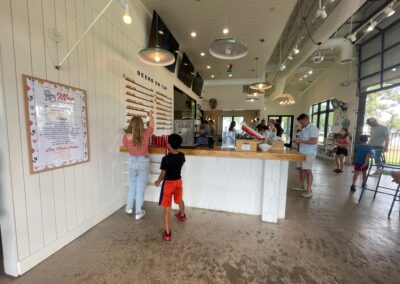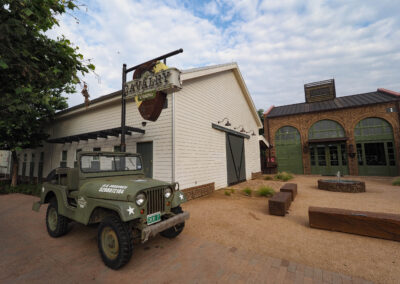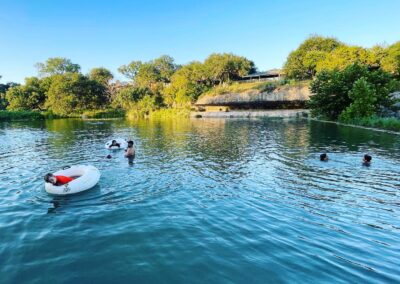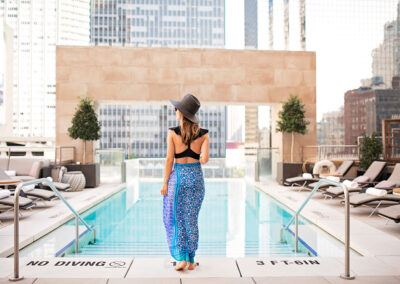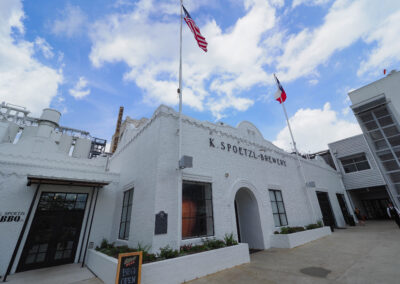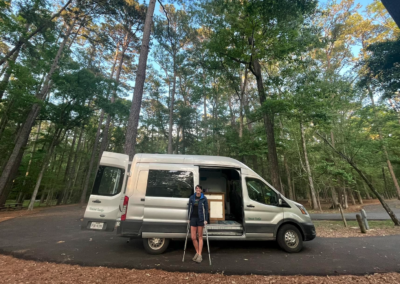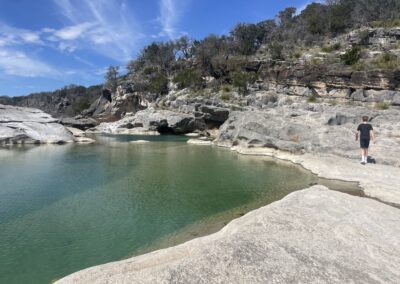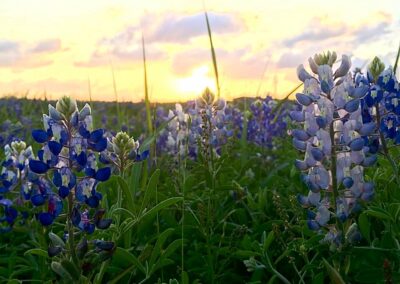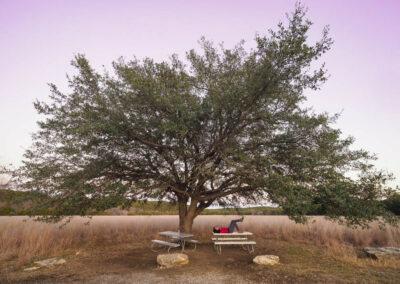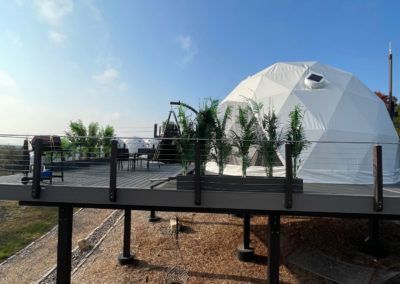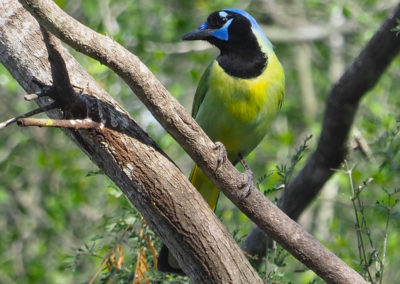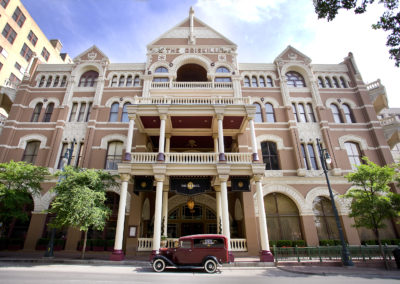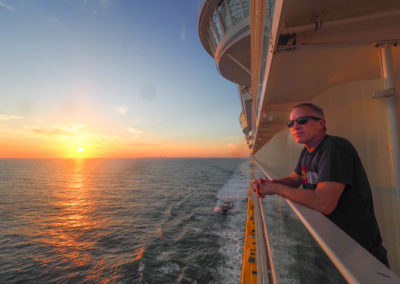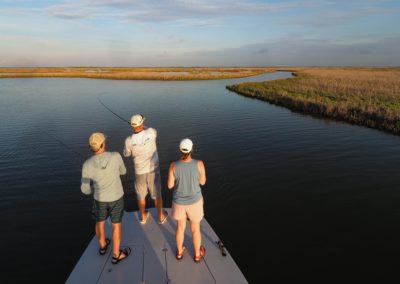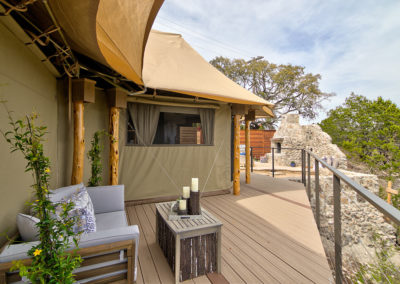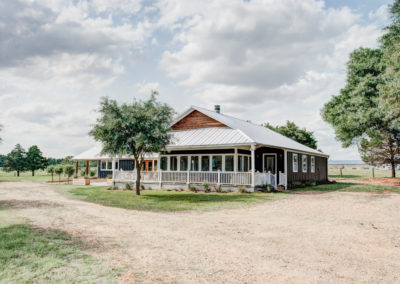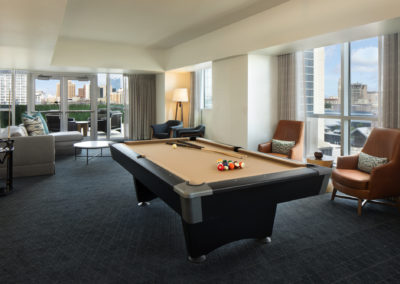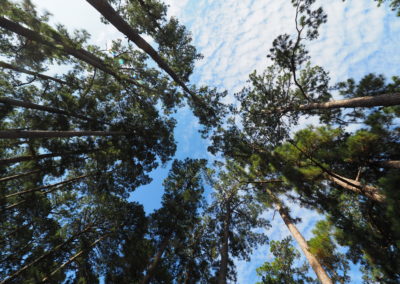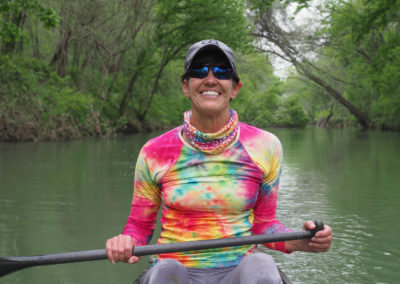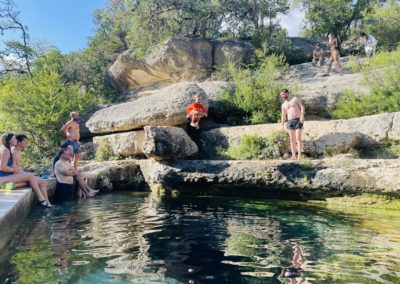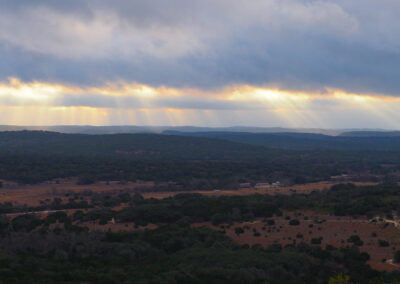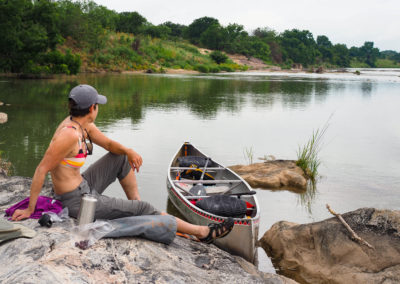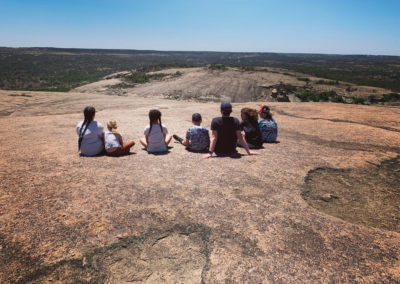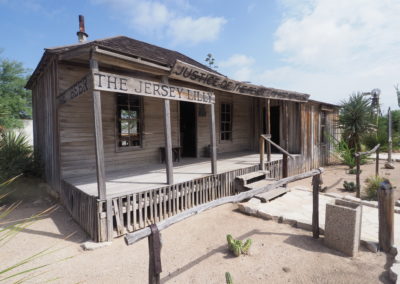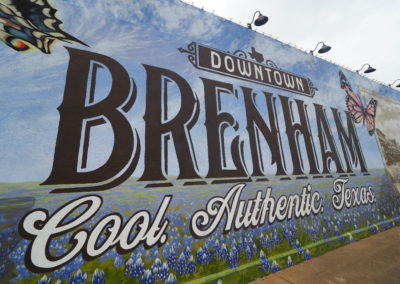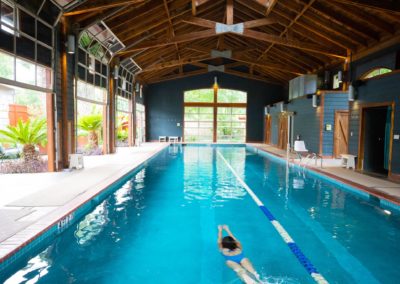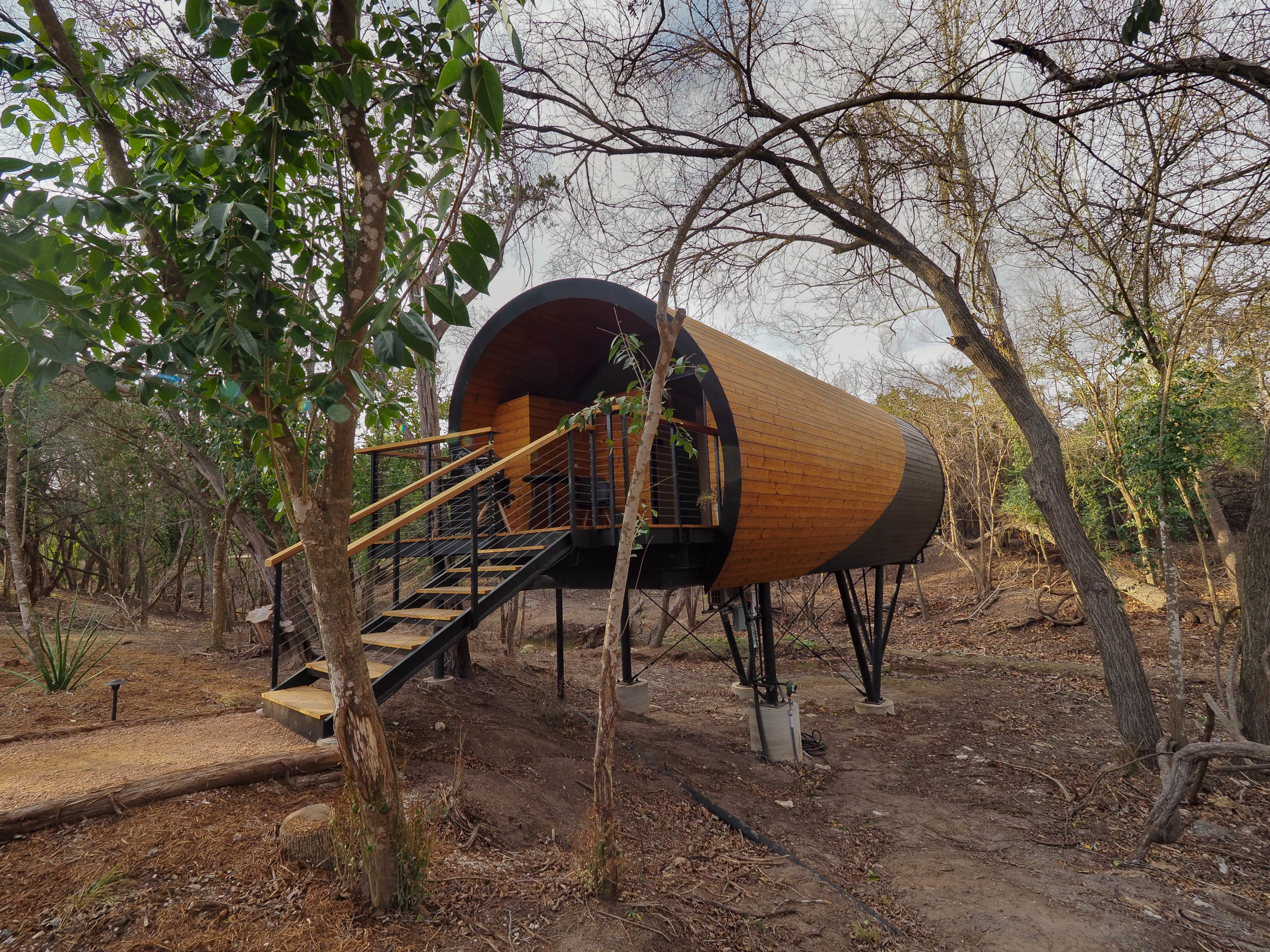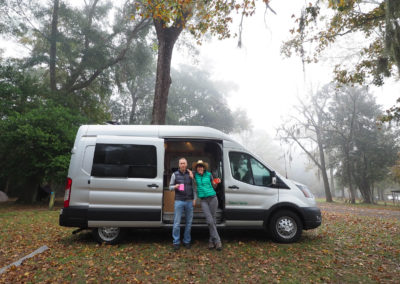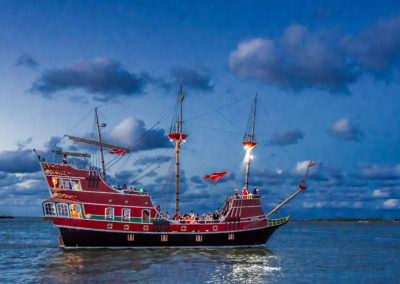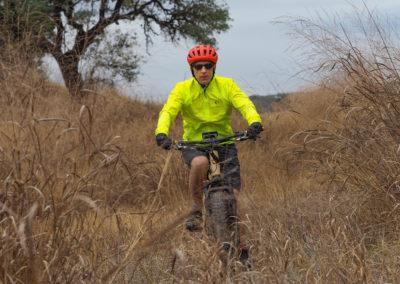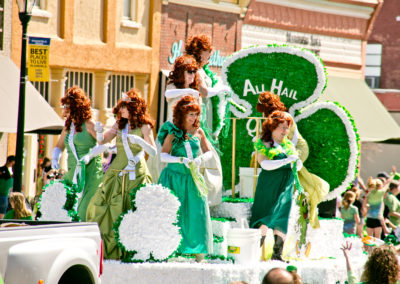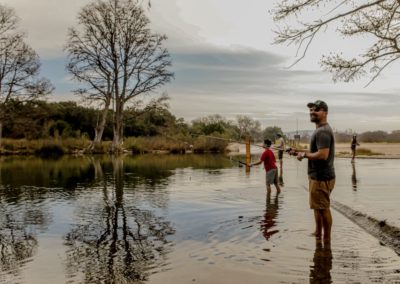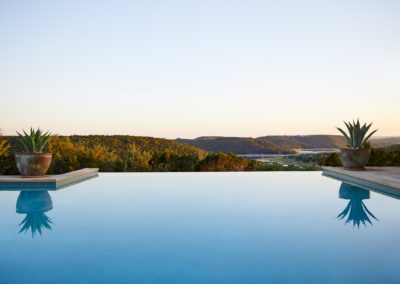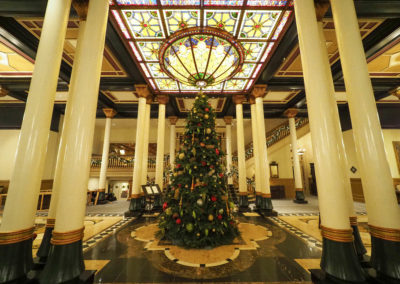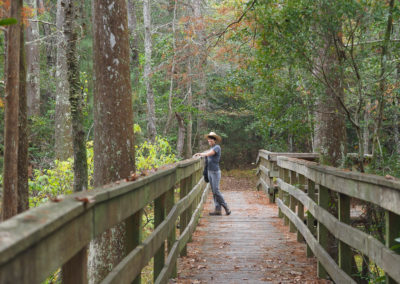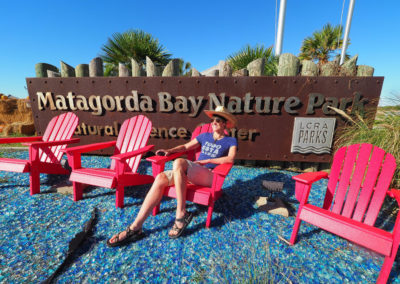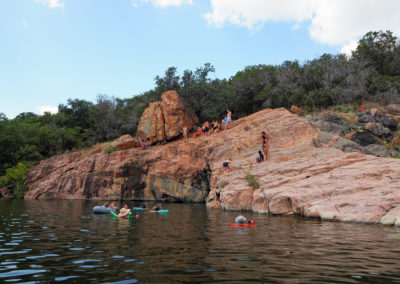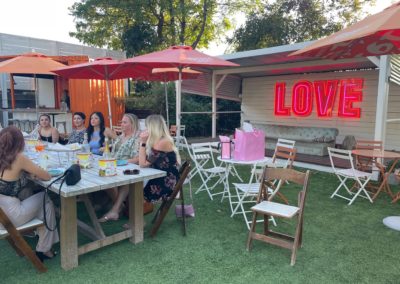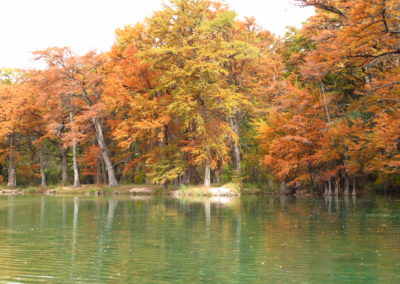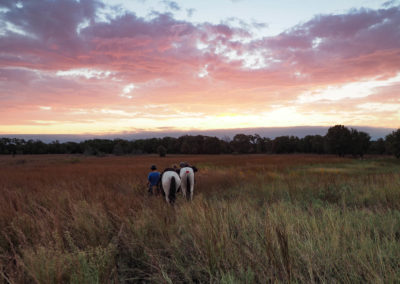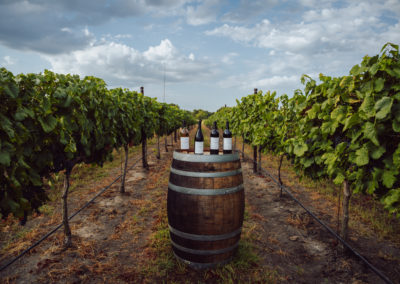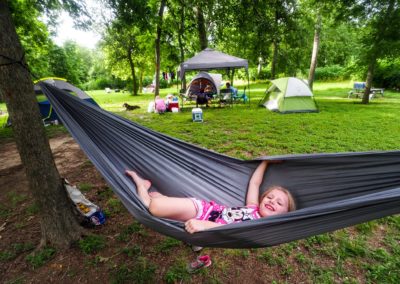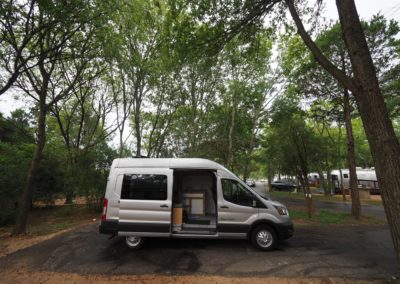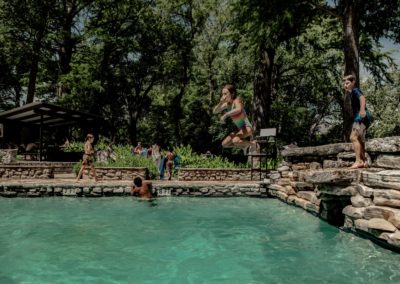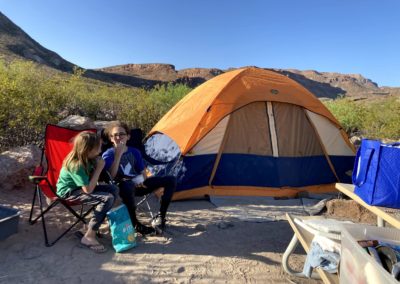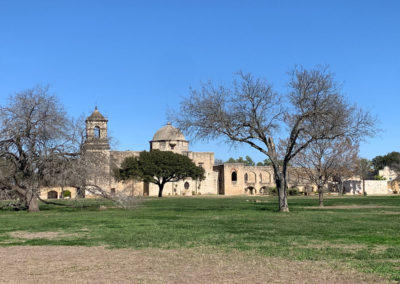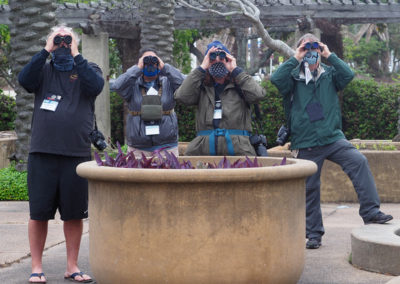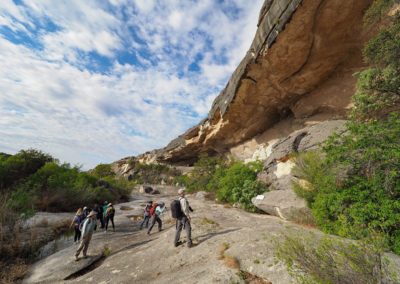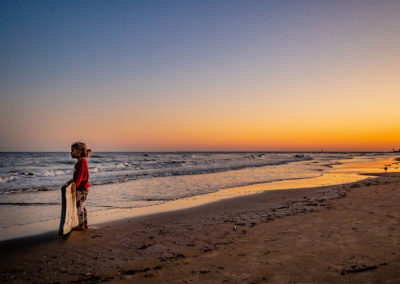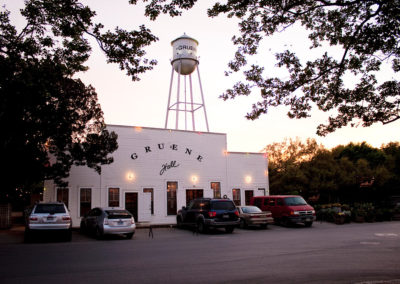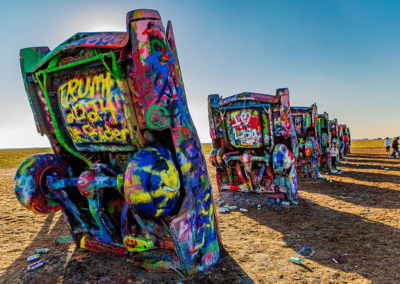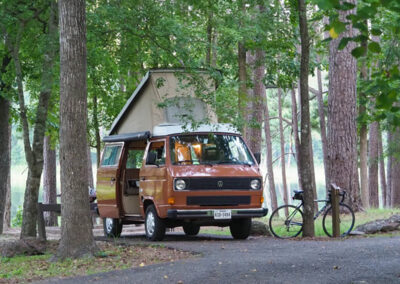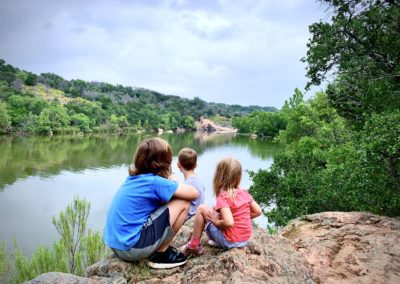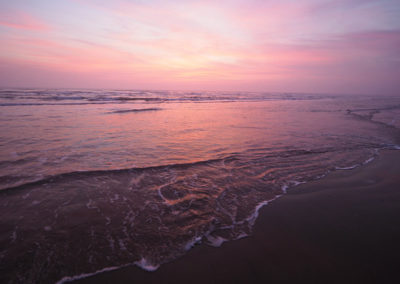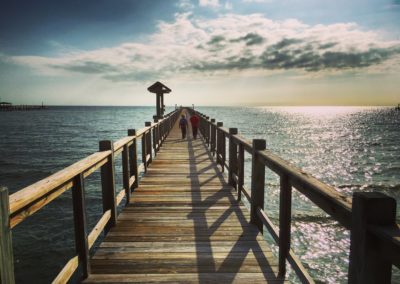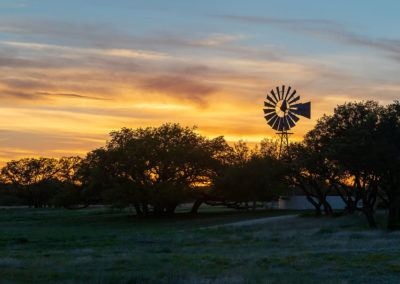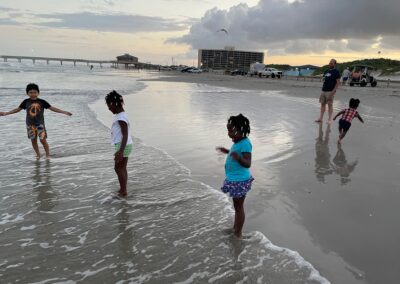People don’t usually go to Morocco for solitude.
It’s not that kind of place, though it has expanses of untrammeled desert, craggy, noble mountains and silent, subterranean hammams, formed from cold stone, where the scrubbing on your skin and the dipping of black soap in water sounds like thunder in the surrounding quietude. Normally, what people associate with Morocco is cacophony. That’s one reason we visit. The nation’s defining sounds — the haunting call to prayer, haggling interchanges in the souks, cat calls on the street, mystical flute music from third-floor windows wafting down, spoons stirring sugar into cups of mint tea, horns blaring in the cities and camels braying in response — combine to ensure Morocco affects nearly everyone on an unmistakable, sensorial level. It’s a place capable of initiating a shift. It can awaken something deep inside, and its (sound) effects, likely, stay with travelers for the rest of their lives.
RELATED: Sofietel Rome Villa Borghese, Rome, Italy
But din and chaos are not what I’m after this time. I’m in search of my inner voice. I need to hear the murmur inside me. I yearn for a place to listen to myself think. Somehow, I’m hoping Morocco’s gift to me this visit will be like that loud cafe at home, where I go to get projects completed, where the chatting voices merge to incapsulate me, the social reverberations fueling my intellect until the deed is done. Upon arrival, I walk through Fez’s newish airport, immediately immersed in the babel and bedlam. Though the sounds warm my heart, I make an intuitive decision. I opt to save this cultural capital for later, not certain I can find peace in its throngs and racket. Impulsively, I board a bus to Chefchaouen (known commonly as Chaouen), set in the Riff Mountains in northwest Morocco. Known as the “blue city” for its array of blue-painted buildings, it lies about four hours away. Blue myself, that seems, metaphorically, like a target terminus.
What I’m doing sounds brave, but it isn’t really. Travel’s all about connection, stepping over an edge, peering into a dark alley. And, truth be told, Chaouen, though far-flung and tiny, stands out as a showpiece on any traveler’s Morocco itinerary. Some tourists might stop at the city limits of places like Marrakesh, enjoy a solid Morocco moment, but go no further into its realms. Chaouen calls to the more intrepid wanderer. Recently, the lure of the perfect Instagram or Pinterest photograph has drawn a younger crowd to the fortress town. They’re intent on posting their versions of blue buildings, showing their images of why the city earns its apt nickname, “Blue Pearl.” Thanks to social media, a steady mob has newly discovered it —though the burg’s always attracted a certain set for its easy access to marijuana. Neither photos nor pot interests me. I’m coaxed by the mountains and a notion that the town will transcend how it looks in pictures.
On the bus’ four-hour jaunt, people begin talking. It seems no passenger is truly a local. Within an hour, most of the riders have chatted up one another, exchanged stories, shared snacks, and moved into ruminative silence. The bumpy and swerving bus has made a few ill, a smattering sleepy. Remarkably, I’m not the only middle-aged person, not even the only female middle-aged person, traveling alone. These things renew my faith in everything, especially in Morocco.
Chaouen is love at first sight. Radiant, bold, blaring, playful, the myriad blues cover the city like a sea; they fuse with the sun to project off the buildings like little explosions of periwinkle light. The abundance of blueness — walls, doors, stairways — is like an animating elixir. Walking through twisty, cobbled streets, in search of a riad a friend has recommended, my heart quickens with delight. Suddenly, my world, which has seemed very black-and-white of late, takes on a technicolor hue. I think of Wallace J. Nichols, the author of Blue Mind, a treatise on the health and spiritual benefits of water. Obsessed with blue (and water), he gives a blue marble to everyone he meets. I have mine with me now. Standing in a narrow, steep stairwell, encircled by hues of cobalt and indigo, I stop, take out the marble and twirl it amid all the hues like an amulet. Catching refracted light and shade shifting, the marble shows an array of tones: cornflower, cobalt, blueberry. I remember Nichols telling me that the color blue produces a calming effect; it slows the metabolism, and resets the clock. He’s right.
The blues of Chaouen restore me. They make me feel alive. This mountain town may be quieter than the rest of Morocco, but noise isn’t necessary here because the blues buzz. As I wander toward my inn, Riad Casa Annaser, it’s as if I’ve put on magic glasses. My sadness dissipates. I look around with clarity. Pumpkin-colored, chunky tile roofs crown blue walls, some marked with spots of curry hues. The houses, in blue variations, appear to tumble down the hills — askew and catawampus. Black iron grillwork frames windows and bits of white trim add ballast to the buildings. Along the tawny cobblestoned pathways, some sparkly with light, piles of Berber rugs (orange, red, pink, green) stand in stacks, ruby-colored baskets hold leather goods, trinkets, skeins of thread, sweaters, a rainbow of pigments and paints, and brass tea services, while woolen cloaks hang on hooks against the endless blue backdrop. People, traditionally dressed, sit outside sipping from tiny cups. My heart lightens. As if on cue, an old woman sticks her head from a shop and beckons to me. “Come join me for mint tea,” she says.
And I do. We sit for nearly an hour, nodding and smiling. We have very few words in common, but we develop a companionship, which I think suits us both at that moment. She’s kind to me. Her dark eyes, the color of mahogany, deeply wrinkled around the edges, look deeply into my green ones. Somehow, she gives me strength. I realize I’m not the only one in pain in the world. She awakens in me a rallying call and a renewed trust in humanity. Content, we share another sugary cup, before I wander out and into the medina.
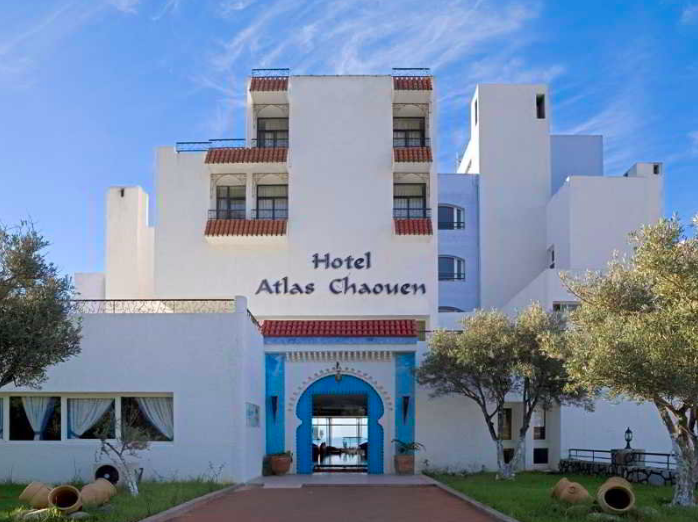
Hotel Atlas Chaouen is among the hotel offerings in Chaouen, Morocco. Contributed by Hotel Atlas Chaouen
Unique to Morocco (perhaps to the world), Chaouen, a walled city, dates to the late 15th century. It’s like no place else. Similar to the varied pigments sold on the street and in the souk, side-by-side bright colors in one box, the town holds a mixed population who live in harmony. Once a Berber enclave, Jews and Muslims, fleeing Spain and the Spanish Inquisition, arrived during medieval times. They joined the Berbers to complete this quiet, soul-stirring community. Ask the residents about the blue walls and most shrug. “It fends away mosquitos,” says a waiter at Chez Hicham, an airy restaurant that makes a mean cheese salad. A woman hand washing hand-loomed textiles on the edge of town in the cold ponds, formed by mountain streams as they trickle downward, tells me that the Jews brought their traditions of painting houses blue when they came from Spain. “I know,” she says. “My mother told me so.” I stop for a glass of fresh orange juice at one of the many juice bars in town and decide it doesn’t matter why they are blue. All I know is that Chaouen mirrors the sky.
The Blue Pearl, a world away from the souks of Fez and Marrakesh or the surf towns of the coast, presents another Morocco. I think of it as the heart of the artichoke. There’s so much grace and beauty in all of Morocco and its culture, but it can be tiring (like the artichoke) to interact with and manipulate. When you need something to shift, when you hanker after a place that doesn’t ignite your fight and flight, but stops you in your tracks and slows your pace, you yearn for the heart — Chaouen.
If people ever complain about visiting here, it’s because they decelerate too much. “It’s boring,” says a teenage backpacker. But there’s plenty to do here. Hike into the mountains, a picnic in your knapsack. With abundant trails, which lead to charming hamlets, you always have a place to go. One destination should be God’s Bridge, an awe-inspiring, 25-meter, natural rock arc above the river. You can continue across it to Cascades d’Akchour, a pair of waterfalls, one bigger than the other. Walk the street, ride a mule, shop the souk, climb to the top of the city walls and marvel at the view — or just write in your journal at an outdoor cafe.
I wasn’t planning to go to Chaouen. I thought Fez, with its attenuated streets, raucous souks and immense, ancient medina was what called. I had thought I needed a place to shake me from the doldrums, to wake me up. But what I needed was something still enough, yet enlivened enough, to feed my soul. I listened to my heart, went down a different path and found the “Blue City.”
Blue has a whole new meaning now.
If You Go

Stay:
Most of the hotels are tiny, family-owned and unpretentious, yet reflect sense of place. Riad Casa Annaser follows suit with stellar, friendly service, classic Moroccan decor and a perfect location in the middle of town. https://www.hoteles-marruecos.com/riad-casa-annaser-261.html
Morocco has a number of oasis-style hotels, the sort that gives you the flavors of the country but tempts you to stay within their gates. Probably the best, La Mamounia, stands in the ancient medina of Marrakech. A legendary palace with classic Mudejar architecture, it takes you to regal realms. www.mamounia.com

Insider tip:
Follow your nose down the winding streets of this hamlet. Many places serve well-executed, classic Moroccan dishes. Try Chez Hicham. It overlooks the kasbah from its terrace and serves a delicious cheese salad.









